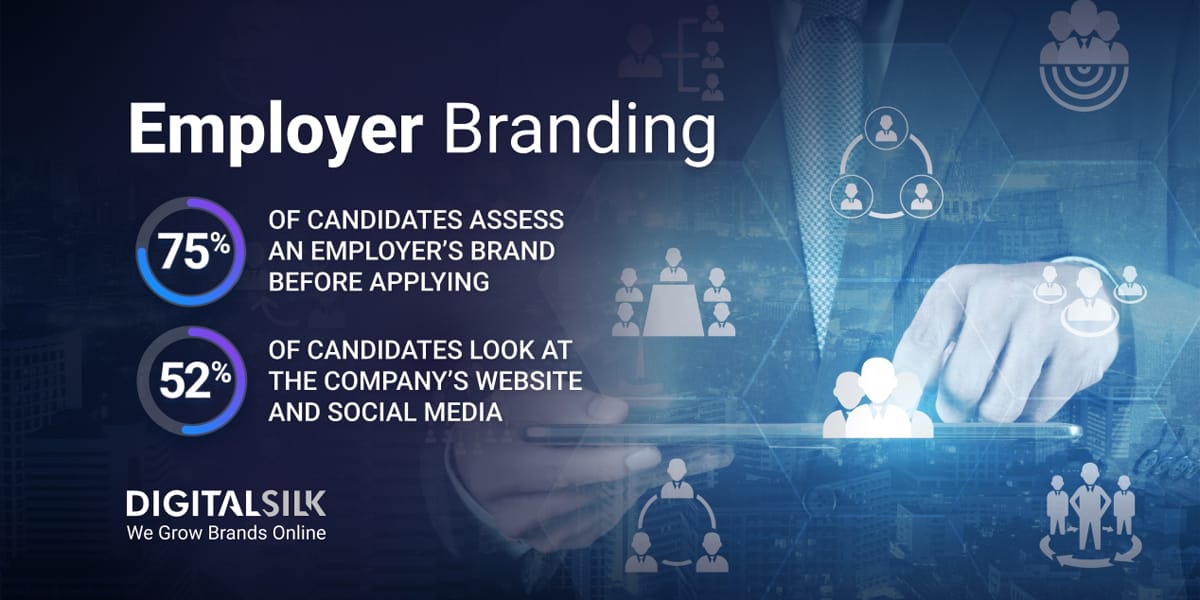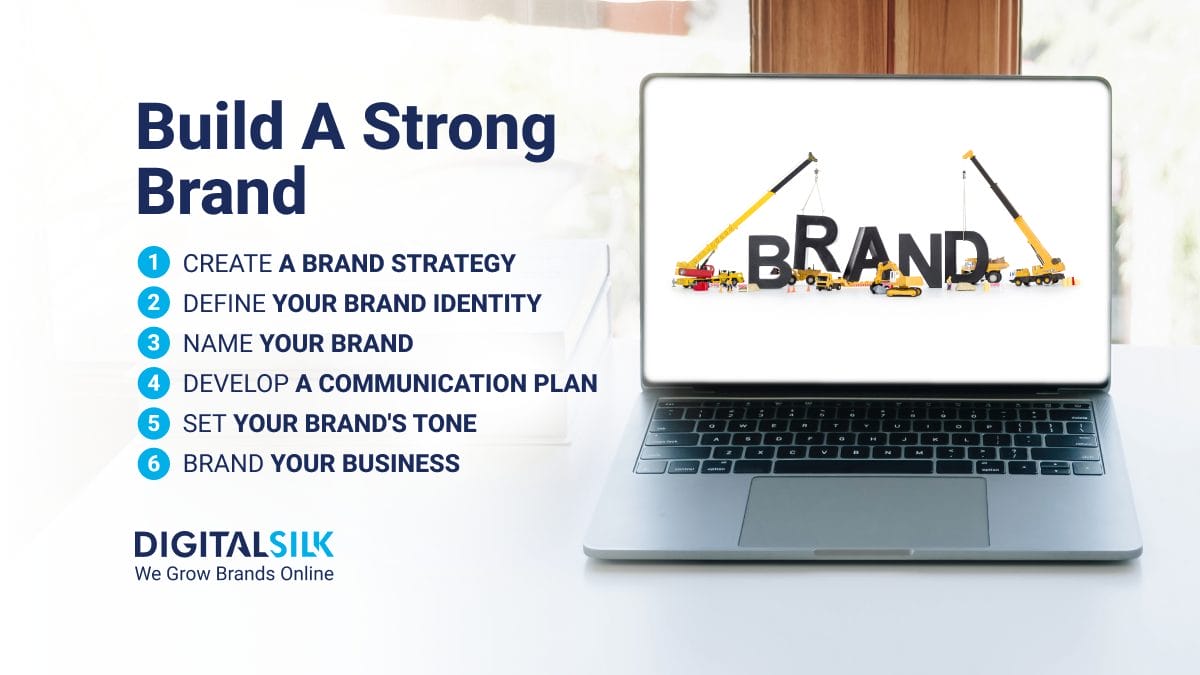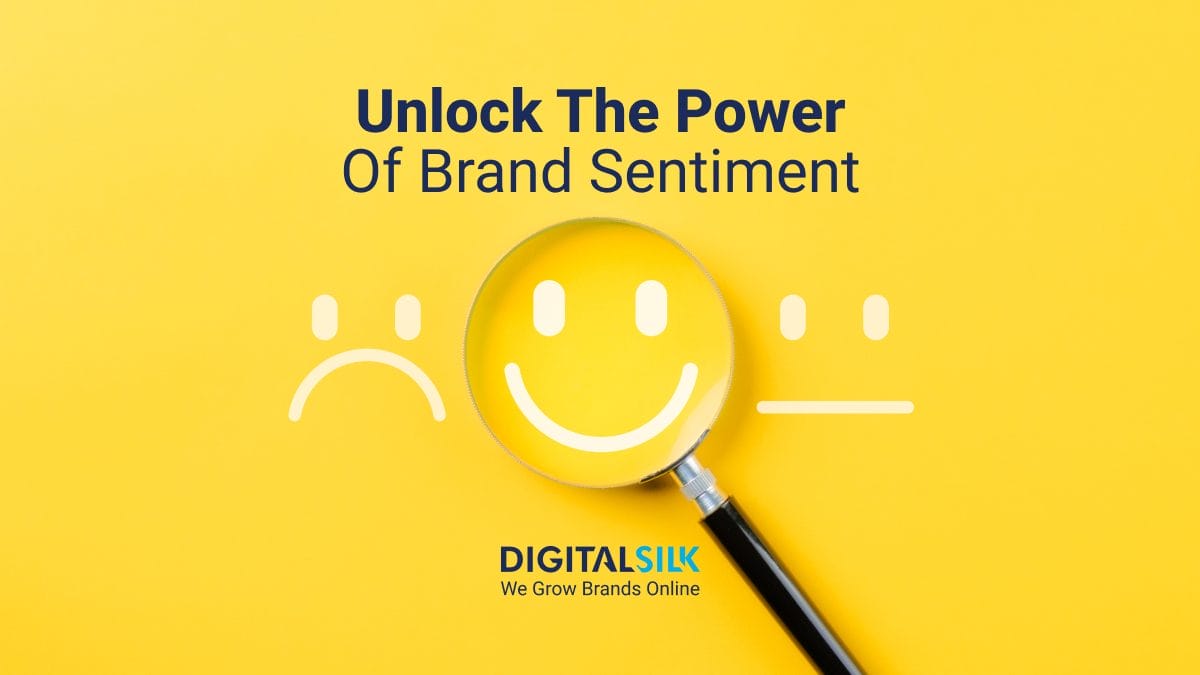According to LinkedIn, 72% of recruiting leaders worldwide agree that employer brand has a significant impact on hiring success.
A well-crafted employer brand doesn’t just elevate your reputation — it shortens hiring timelines, lowers recruiting costs and raises the bar for new hires.
In this guide on how to build and strengthen your employer brand in 2025, you’ll learn how to:
- Identify and communicate your company values
- Optimize the candidate experience from application to onboarding
- Empower employees to act as brand ambassadors
- Align every stage of the hiring process with your brand identity
8 Steps To Develop A Standout Employer Brand
Let’s take a look at eight important steps you should take to position your company as a desired workplace.
1. Define Your Company Values
This is where you answer the question:
What does your company stand for?
Company values may include principles, beliefs and philosophies that shape your company’s DNA and give you moral guidance.
You can even consider creating a manifesto to define and explain each of the values and make it easier for everyone to stay on the same page.
Your core values will vary depending on your business, but clearly defining them is one of the most important steps of an employer branding process.
The values your company cares about and strongly stands behind should:
- Support your business mission and vision
- Help you make decisions aligned with them
- Ensure your employees understand your foundation
- Help you build a strong team of like-minded professionals
- Ensure everyone in the company is working toward the same goals
You can also promote principles that your employees wholeheartedly support if there is something that complements your company values.
All in all, use every opportunity to highlight corporate values and show how they are incorporated into your employee experience, as well as your everyday work environment and your relationship with customers and partners.
Take Patagonia, a company that embeds environmental responsibility into every facet of its operations.
From using recycled materials to supporting grassroots nonprofits, Patagonia’s clear, well-communicated values attract employees who share the same passion — and stay long term as a result.
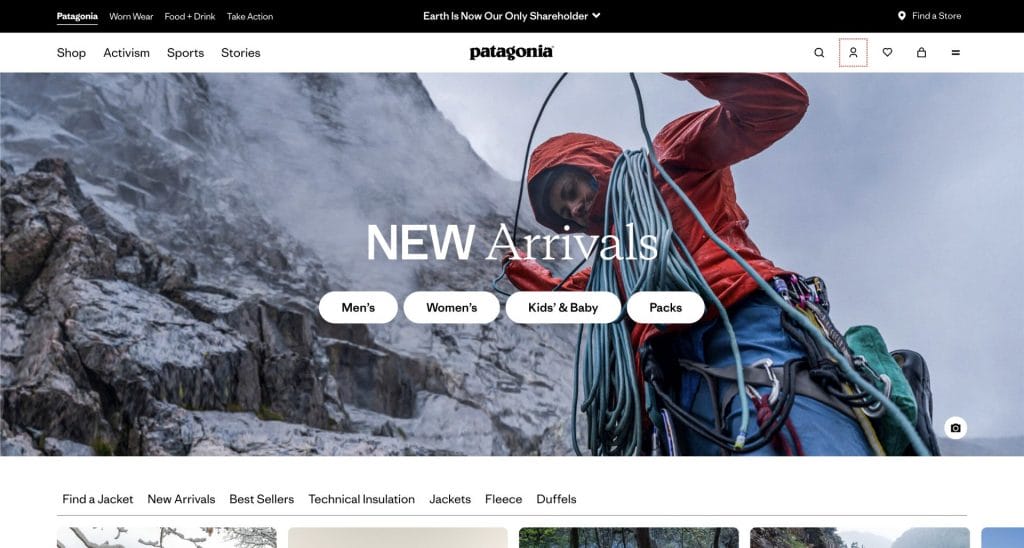
2. Clarify Your Team Values
If you’re wondering what the difference between company values and team values is, here is the answer:
- Company values represent principles and beliefs your company stands for
- Team values represent abilities you want your team members to be recognized for
Team values can also be seen as a minimum standard of performance you expect your employees to have in their job.
Some of the typical team values are:
- Ability to learn: Team members are encouraged to seek out new skills, whether through online courses, workshops or peer mentoring, with dedicated time each month for learning.
- Proactive approach: If a project hits a snag, team members are expected to propose solutions rather than waiting for directives.
- Mutual respect: In meetings and daily interactions, everyone’s input is valued equally, regardless of title or experience, ensuring all voices are heard and respected.
- Open communication: During weekly standups, everyone is encouraged to voice concerns or suggest improvements, no matter their role or seniority level.
- Good collaboration: Rather than working in silos, teams such as marketing and sales regularly hold “co-creation” meetings to align on campaign goals.
As Digital Silk Digital Strategist Zorica Marjanovic explains:
“Even materials related to improving internal processes, like our INTRANET at Digital Silk for example, can be a good tool for employer branding. Guides for (new) employees created in an innovative and creative way, whether printed or in video form, can contribute to the culture of the organization, make the employee proud to be part of the team and convey a strong message to the employee that they are indeed in the right place.”
The best practice is to point out team values in job advertisements, so your candidates can know what you expect from them and what it means to you and your team.
3. Showcase Your Company Culture
When it comes to your company culture, ask yourself:
How do I want candidates to perceive and experience my company as an employer?
Answering this question will help you emphasize important elements.
For example, you may want your company to be perceived as:
- A community of like-minded professionals who care about the environment and try to reduce their carbon footprint as much as possible
- A friendly, collaborative and inclusive organization with a remote-friendly culture and a high level of flexibility
- A company that prides itself in equally employing juniors and seniors to create a work environment where younger employees thrive through coaching and mentorship
Once you have your company culture defined, use all relevant points of contact with your target audience to speak directly to your ideal candidates and showcase your culture through job ads, job descriptions, company profiles and other assets.
Speaking of a target audience, that’s exactly what the next step is about — defining your ideal candidates.
Digital Silk develops authentic brands. Request a quote
4. Identify Your Ideal Candidate Persona(s)
The best way to communicate clearly to your ideal candidates is to know who they are.
That’s where a candidate persona comes in.
The same as with your buyer personas, you’ll want to be as specific as possible about your ideal candidates.
Here are some of the questions to consider for your candidate persona(s):
- Who do you primarily want to reach?
- Where do they live (and is their location important to you)?
- Are they willing to relocate if needed?
- What is their level of education?
- What is their current income?
- What is their desired income over the course of the next five years?
- What are their best qualities? How are their organizational skills?
- What online channels do they use most frequently?
- What platforms do they use for a job search?
- Do they have a personal profile on job platforms?
Of course, the questions and answers will depend on your business, the position you’re looking to fill and your expectations from potential candidates.
Here’s an example of a persona snapshot:
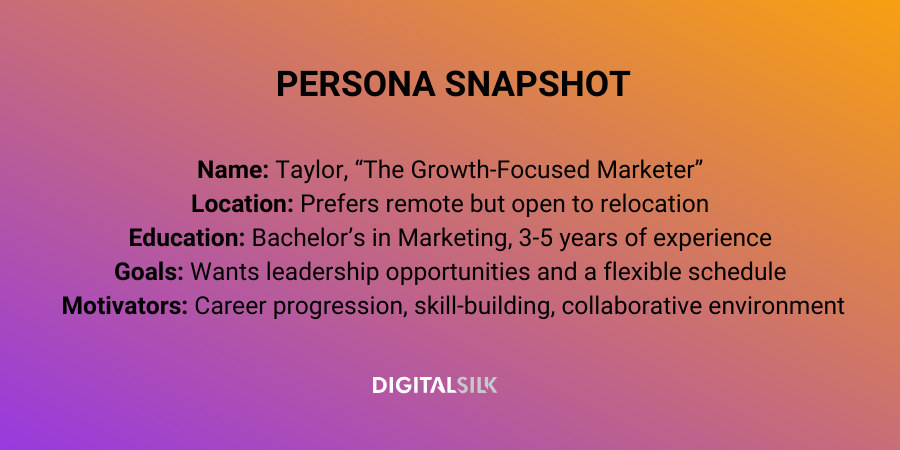
5. Explain Employee Benefits & Perks
Answering common candidate questions about employee perks and benefits is one of the most important components of your employer branding campaign.
Before the pandemic-induced lockdowns and work-from-home (r)evolution, some of the most desired perks that companies offered included snacks, stocked fridges, free parking, etc.
Since many companies transitioned to a remote-only mode in 2020 and many more are managing globally distributed teams, benefits and perks have shifted, too.
| Pre-Pandemic Perks | Post-Pandemic Perks | |
| 1. | Employee recreation room | Health insurance |
| 2. | Paid lunch and snacks | Remote work flexibility |
| 3. | Fully stocked fridge | No micro-management policy |
| 4. | Free on-site parking | Well-organized internal communication |
| 5. | Company retreats once a year | Learning opportunities (online conferences) |
| 6. | Local team-building events | Flexible working hours |
Of course, the perks and benefits your company is able to offer will depend on your abilities, possibilities and your company’s flexibility, as well as other factors.
Whatever you offer, be sure to mention benefits and perks in job ads, company profiles on job platforms, your social media profiles, email communication with potential candidates or during interviews.
Ideally, this transparency will lead to bringing the best talent in to help you grow your brand.
6. Guide By Example
To attract the best talent, not only do you need to describe and show your values, culture, benefits and perks, but you also need to have your leadership team in line with everything that your organization represents.
Better yet, your executives will guide by example, showcasing the culture and implementing the values in their everyday work to encourage employees to do the same.
Why is this so important?
Because any kind of malpractice can damage your employer brand reputation. And even the smallest stain on your brand public profile can repel job seekers.
Here are some of the statistics to keep in mind:
- 95% of candidates consider a company’s reputation before they apply to a job offer
- 69% of candidates — even if unemployed — would reject an offer from a company with a bad reputation
- 65% of Millennials place company culture above salary when it comes to job satisfaction
- A minimum of a 10% pay increase is what companies with a poor employer brand should offer to attract top talent
- Employers who fail to invest in their reputation could end up paying up to an additional $4,723 per employee hired
To be able to lead by example, your executives should also know this: diversity, inclusion and belonging (DIBs) was among the most important principles for candidates during 2020, while 77% of HR specialists say diversity will be crucial to the future of recruiting.
Here’s an overview of good leadership in action:
- Positive example: A CEO who personally mentors new hires for their first 30 days signals an open, growth-focused culture.
- Pitfall to avoid: A VP who preaches “work-life balance” yet emails staff at midnight with urgent tasks erodes trust in the company’s stated values.
7. Optimize Candidate Experience
Candidate experience is a candidate’s overall perception of the company’s recruiting process.
Optimizing the experience your potential candidates will have with your company means that you should streamline every stage of the recruitment process, including:
- Job descriptions: Write clear, engaging descriptions that highlight key responsibilities, required skills and growth opportunities, while reflecting the company culture.
- Application process: Provide a simple online form and an immediate confirmation email.
- Email communication: Use personalized, timely emails to update candidates about their application status and next steps, ensuring transparency and reducing uncertainty.
- Interviewing: Offer a clear schedule, share interviewer names and set candidate expectations upfront.
- Hiring: Send a formal offer letter outlining salary, benefits and next steps, and follow up with a welcome message to build excitement before the first day.
- Onboarding: Equip new hires with a welcome kit, mentor and transparent 30-60-90 day milestones.
To make the most of your recruitment efforts and leave candidates with a positive notion about your employer’s brand, ensure that every recruitment phase is efficient, well-organized and that it reflects your values and company culture.
8. Conduct An Employer Brand Audit
Begin by assessing how your employer brand is perceived, both internally by employees and externally by potential candidates.
This involves gathering feedback through employee surveys, exit interviews and performance reviews to gauge internal sentiment.
Externally, analyze reviews on platforms like Glassdoor and Indeed, monitor mentions on social media and evaluate how your organization is presented in industry forums or news outlets.
Identify key strengths that resonate with both employees and candidates, as well as areas that need improvement, such as company culture, benefits or opportunities for career growth.
Here’s a brief Employer Brand Audit Roadmap to show you exactly how to gather data from different channels:
- Employee Surveys: Use anonymous digital surveys for honest feedback on culture, leadership and satisfaction.
- Exit Interviews: Ask departing staff to pinpoint what worked and what didn’t.
- Online Review Monitoring: Track Glassdoor ratings and social media mentions weekly or monthly.
- Competitor Comparison: Analyze how rivals present themselves on career pages and LinkedIn.
A thorough audit will provide a clear roadmap for enhancing your employer brand and aligning it with your organizational goals.
5 Key Benefits Of Building A Strong Employer Brand
Having a distinguished employer brand helps you improve the most important hiring metrics.
A powerful employer brand does more than just attract top talent — it transforms your entire recruitment process.
Here are five key benefits that can have a measurable impact on your business:
1. Faster Hiring
A strong employer brand helps you cut down on time-to-hire. According to LinkedIn, companies with a well-defined employer brand can hire 1-2x faster, ensuring that your top candidates don’t slip away.
2. Reduced Recruitment Costs
A compelling employer brand can lower your cost-per-hire by up to 50%.
When you enhance your reputation, you attract a steady stream of qualified candidates and reduce reliance on expensive recruitment agencies.
3. Higher Quality Applicants
When your brand is synonymous with a great workplace, you draw in more qualified and motivated candidates.
Data shows that firms with strong employer brands see a 50% increase in the number of qualified applicants.
4. Improved Employee Retention
A positive employer brand not only attracts talent but also keeps them.
Companies report up to a 28% reduction in turnover rates, saving significant recruitment time and resources over the long term.
5. Enhanced Business Performance
The combined impact of faster hires, lower costs and higher quality candidates translates into substantial savings and increased productivity.
For large organizations, these improvements can amount to thousands — even millions — of dollars in ROI, all while building a team that’s committed to your company’s long-term success.
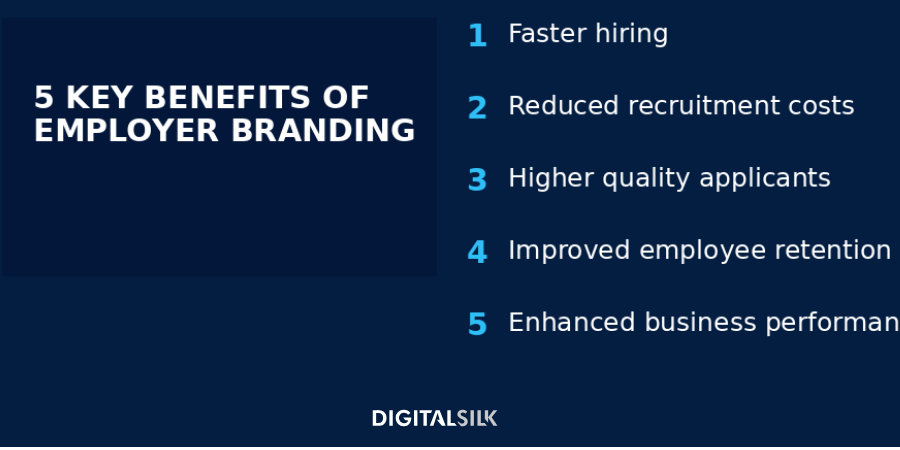
Why Is Employer Branding So Important?
Employer branding is a mix of HR, internal and external communications, marketing and PR activities that present your company to potential new hires in the best possible light — both within the physical structure of your brand and through digital branding initiatives.
So, how much does a workplace’s reputation matter to potential candidates?
A lot.
According to LinkedIn’s list of employer branding statistics:
- 75% of candidates consider an employer’s brand before even applying for a job
- 52% of candidates look at the company’s website and social media to learn more
- The #1 obstacle candidates experience is not knowing what it’s like to work at a company
Our resident Brand Strategist, Zorica Marjanovic, explains:
“Through the company’s website, its social media accounts, forums, specialized sites and applications (like LinkedIn), candidates research and envision life at the company. However, candidates may trust the word of existing employees much more than the employer.”
To build a positive employer brand, you need to position your company as a “dream workplace.”
Start with these questions:
- Why would a potential employee want to apply to your company?
- Do you offer special perks or unique benefits?
- Do you promote from within (and how often do you promote)?
- Is your business on track to grow or become an industry leader?
You need to provide solid, stand-out reasons why working at your company would be a dream job for potential employees with great talent, while also genuinely standing behind everything you present your company to be.
Let’s look at the importance of employer branding according to different points of view:
- From the employer’s perspective: As an employer, you want to attract, hire and retain the best talent for every position you have. Positioning as a dream workplace for your ideal candidates can help you attract and recruit them.
- From the employees’ perspective: Being part of a strong employer brand can make employees proud and more invested in sharing their positive experiences and recommending the company to their peers.
- From the candidates’ perspective: Job seekers often know exactly what they’re looking for, what kind of a company they’d love to work for and which values and principles they are not willing to compromise on. So, if candidates can evaluate your company and find it to be a “match made in heaven” for them, it will reassure them that they made the right move by applying.
Did you know that 96% of companies believe employer branding can also impact revenue?
Not without reason — 64% of consumers have stopped buying from a brand after hearing news of the company’s poor employee treatment.
How To Craft The Perfect Employee Value Proposition (EVP)
You’ve probably heard about a unique value proposition (UVP) that summarizes your brand promise to your customers or clients.
But what is EVP, then?
EVP stands for Employee Value Proposition and it’s everything UVP is, only directed toward your current and future employees.
An employee value proposition is a statement that emphasizes your company’s strengths in a clear, concise and easily understandable way, telling potential candidates why they should choose you over competitors.
It can be a single sentence or a set of sentences that answer:
- What is your company all about?
- Why is it a great place to work?
- How do you make your employees feel?
- Why should your potential candidates care?
- What can you offer that other companies can’t?
How To Build A Better Employer Brand Reputation
Building a strong employer brand starts with understanding how your company is perceived.
Use these key questions to assess your brand’s reputation:
- Employee insights: What do your employees think about the work environment?
- Job satisfaction: How satisfied are they on a scale of 1 to 10?
- Company culture: How would they describe the company’s culture?
- Advocacy potential: How likely are they to recommend your company to peers?
- Improvement areas: What positive aspects stand out, and what needs improvement?
- External perceptions: How do people outside your company view the organization?
Gather feedback through surveys, interviews and online reviews to get a clear picture of your employer brand’s strengths and weaknesses.
8 Actionable Steps to Improve Your Employer Brand
Once you identify areas for improvement, implement strategic changes to enhance your workplace environment:
- Simplify procedures to boost efficiency
- Upgrade equipment to improve productivity
- Hire additional team members to manage workload effectively
- Use time-saving tools for streamlined operations
- Encourage open communication across all levels
- Introduce flexible working hours to accommodate diverse needs
- Optimize remote collaboration processes
- Add remote-friendly benefits to support virtual teams
Cultivating A Positive Workplace Culture
Employer branding isn’t a one-time task — it requires a systemic, organization-wide commitment. Leaders must set the tone by embodying company values and encouraging best practices.
Align your employer branding strategy with broader brand, marketing and communication goals to create a cohesive, attractive and authentic identity that resonates with current and potential employees.
By setting clear expectations, processes and practices throughout the company, as well as aligning your employer branding goals and activities with your brand strategy, digital marketing strategy and communication strategy, you can lift your employer brand to a higher level.
How Your Employees Can Help You Attract New Hires
If your employees are highly satisfied with the company culture and accomplishments they contribute to, while feeling truly seen and heard by teammates and leadership, they’ll be happy to help you build a positive employer brand image.
You won’t even have to ask.
Zorica points out:
“As important as it is for an employer to be positioned in a positive light with the public, it is just as important that employees also have a positive view of the company. Every time someone outside of the company asks an employee, ‘How’s work?’ or every time an employee posts something job-related on their social media account, it’s a chance for potential hires to get a glimpse into life at the company.”
So how can employees help with employer branding?
Here are some possible scenarios:
- They can share their positive experience with their peers, friends and family members
- They can show what it’s like to work for your company through posts on their social media profiles (over time, not only when there’s a particular job opening)
- They can publicly complement their team members and express how proud they are about the team efforts and company achievements
- They can share job posts to help recruit new talent
How can you engage your employees even more?
You can offer a referral program to reward employees who help you find the right candidates. It can be a money-based program or you can create a specific perks package for anyone who sends the best talent your way.
Implementing Employee Advocacy Programs
Employee advocacy involves empowering your employees to act as ambassadors for your brand. By encouraging them to share their positive experiences and company achievements, you can significantly extend your brand’s reach and credibility.
To implement an effective employee advocacy program:
- Provide Training: Create tools and guidelines your employees can use to represent the brand accurately.
- Create Shareable Content: Design engaging content that employees can easily share across their personal networks.
- Recognize and Reward Participation: Show appreciation for employees who actively participate in advocacy efforts to motivate them to continue their efforts.
Employee advocacy not only enhances your employer brand but also fosters a sense of pride and belonging among your workforce.
Why Transparency Should Be At The Core Of Your Employer Brand Identity
Being clear, transparent and straightforward about your expectations, as well as policies and values at the foundation of your business, will help you manage the hiring process more efficiently.
It can also save you a lot of time and resources you may need to invest in case of any kind of miscommunication causes a candidate to drop out in the middle of the process.
Transparency at all stages of a recruitment process helps you avoid misunderstandings, unfulfilled expectations and disappointments.
That way, you also ensure that your employer’s brand stays positive and intact.
The best practice is to be transparent about:
- Company values
- Company’s overall structure
- Specific team structure
- Management models
- Internal policies
- Job requirements
- Expectations from candidates
- Salary range

Using Social Media For Employer Branding
Before applying for a position at your company, potential candidates will often check your social media profiles across different platforms. They do this to assess how your company engages with its audience and whether your values align with theirs.
With that said, social media can act as a powerful tool for showcasing your company culture and highlighting what makes your organization a great place to work.
To do this effectively, you can implement the following strategies:
- Creating consistent branding: Maintain a unified and authentic brand image across all social media platforms your company is on.
- Engaging with followers: Respond to comments and messages to build a community and foster engagement.
- Monitoring and analyzing performance: Use analytics to track engagement metrics and optimize your social media strategy accordingly.
- Behind-the-scenes: Share short videos of day-to-day life in the office or remote setups.
- Employee spotlights: Organize monthly Q&A with a team member sharing personal motivations.
- Value highlights: Upload micro-posts showcasing company values in action, like volunteer events or team recognition.
Key Takeaways On Employer Branding
The ultimate goal of employer branding is to foster a positive image of the company and efficiently attract and retain high-quality employees.
Employer branding can help you build a welcoming company culture, strong reputation and great teams, which altogether help you attract the best talent and efficiently drive your business forward.
To sum it up, here are the important steps and key takeaways:
- Assess the current situation in your company
- Improve and redefine processes where needed
- Define your company and team values
- Showcase your company culture
- Create a candidate persona
- Craft a compelling employee value proposition
- Explain employee benefits and perks
- Optimize candidate experience at every stage of the recruitment
- Encourage your employees to help you hire the best candidates
- Be open and transparent throughout the hiring process
The best practice for a successful employer branding process is to include HR, marketing, PR, internal and external communications to help you create a strategy and plan activities across online and offline channels that will showcase your company as a highly desired place to work.
Employer Branding FAQs
Employer branding is the practice of applying branding techniques to the recruitment process as a way of building a reputation as a desirable place to work and attracting top talent. It combines elements of HR, internal and external communications, marketing and PR to present your company in the best possible light to potential new hires.
A strong employer brand can significantly impact a company’s ability to attract and retain top talent. It enhances the organization’s reputation, making it more appealing to job seekers. Additionally, companies with a strong employer brand benefit from lower turnover rates and reduced recruitment costs.
A company can improve its employer branding by cultivating a positive work environment that aligns with its core values. This involves providing competitive compensation, fostering career growth opportunities and promoting a culture of recognition and support. Actively involving employees in the branding process and encouraging them to share their experiences can further enhance the employer brand.
An Employee Value Proposition (EVP) is the set of benefits and rewards an employer provides in exchange for employees’ expertise and contributions. It includes elements like compensation, professional growth opportunities, workplace environment and company culture. A strong EVP sets a company apart from its competitors and plays a crucial role in attracting and retaining top talent.
Employer branding plays an important role in recruitment by shaping how potential candidates perceive the company. A strong employer brand draws in top talent, shortens hiring timelines and reduces recruitment costs.
Social media can enhance employer branding by allowing companies to showcase their culture, values and workplace environment. Sharing content like employee testimonials, behind-the-scenes looks and company achievements helps attract and engage potential candidates while building a strong online reputation.
Employees play an important role in employer branding as their experiences and opinions influence how the company is perceived externally. Involving employees in branding efforts and encouraging them to share positive experiences adds authenticity and credibility. Happy employees are also more likely to recommend the company to others.
A company can measure the effectiveness of its employer branding through metrics like employee engagement surveys, retention rates and applicant quality. Analyzing online reviews and ratings on recruitment platforms offers insights into employee satisfaction and public perception.
"*" indicates required fields


